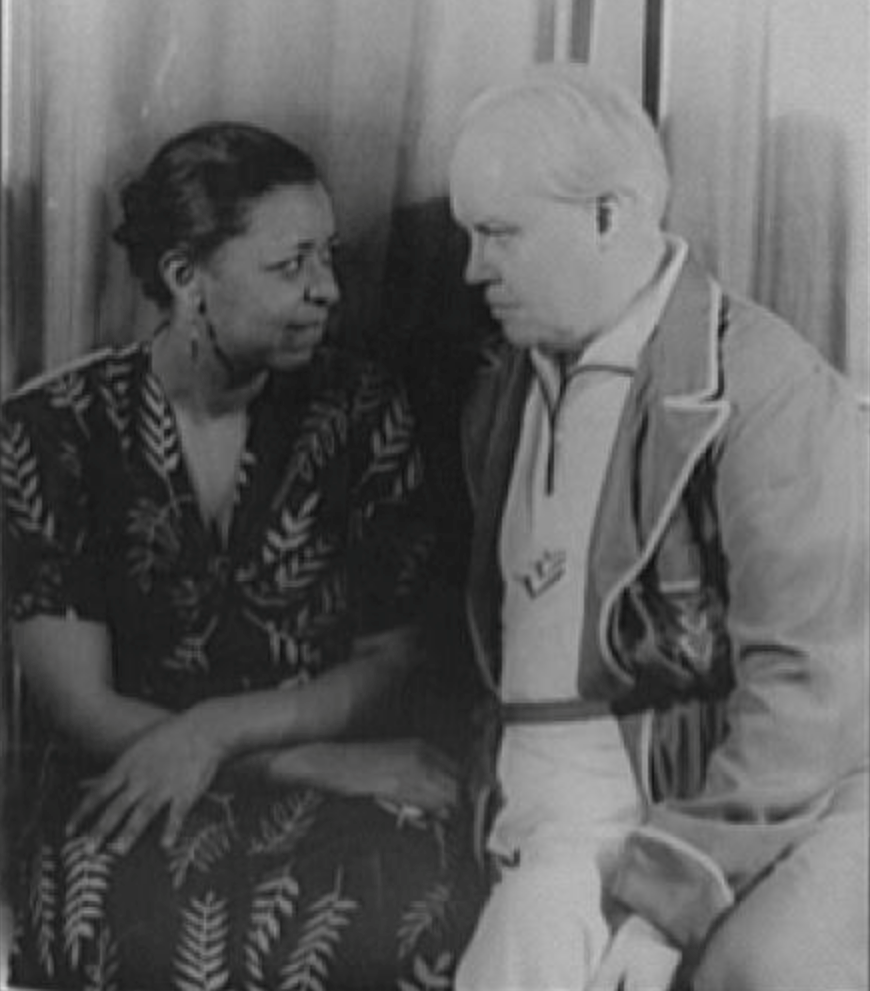What Do We Do About Carlo?
In 1931, James P. Johnson wrote and recorded a song, "Go Harlem," extolling the extraordinary life of New York's Black Mecca. Among the lyrics: "Like Van Vechten/Start inspection'./Go Harlem!/Go Harlem!/Go Harlem/ Startin' right now."
Carl Van Vechten, a white writer, music critic, journalist, photographer, and tastemaker, was such an integral part of the Harlem Renaissance that within the artistic and intellectual circles of the movement he needed no introduction. Hence, the lyric penned by the incomparable Andy Razaf.
Born and raised in Cedar Rapids, Iowa, one would not have pegged Van Vechten as the most consequential booster of the Harlem Renaissance, but in 1924 when he discovered that there were Negroes who possessed and created products of High Culture, he became, in his words, "violently attracted to Negroes,” a predilection that was to last the rest of his life.
The list of Van Vechten's achievements as a promoter of the Renaissance is long and seminal. He arranged for the publication of Langston Hughes' first book of poetry, The Weary Blues. He got Paul Robeson singing on concert stages. He introduced white America to the blues through influential articles published in Vanity Fair. He encouraged Nella Larson to write, then arranged for the publication of the two best novels to come out of the Renaissance. Turning to photography in the 1930s, he captured the portraits, many of them iconic, of every African American celebrity, achiever, and person of interest during the next three decades. He arranged for important archives and collections of African American materials to be housed and cataloged at Yale, Fisk, and other institutions. His Manhattan apartment on West 55th Street where he threw interracial parties -- a groundbreaking contravention of social norms -- was referred to by Walter White, its President, as "the midtown headquarters of the NAACP."
Yet there were deeply problematic aspects to Van Vechten's patronage. DuBois felt that the bisexual dandified writer introduced a note of European-style decadence that ruined the productions of the younger Black artists. When Van Vechten brought downtown whites to Harlem as a tour guide, there were Harlemites who were offended by his proprietary air, that this was a culture that he had discovered and cultivated. In 1926 he published the first novel describing (not unsympathetically) Harlem's social scene but gave it the title Nigger Heaven, which set off a bomb that tarnishes his reputation to this day.
Many were suspicious of Van Vechten's motives, but some, most notably Langston Hughes and James Weldon Johnson, defended Van Vechten's novel and evinced a genuine, lifelong affection for the man. Others who were won over to "Carlo," as he encouraged his friends to call him, were Bessie Smith, Ethel Waters, and Zora Neale Hurston. Rudolph Fisher, a Black physician and minor novelist, called Van Vechten "the only pro-Negro Nordic on earth with whom I am constantly comfortable." For the final fourteen years of his life before his tragic death in a 1938 automobile accident, the polymath J. W. Johnson celebrated his birthday together with Carlo and publisher Alfred A. Knopf — all of whom shared the June 17 date. To honor his friend after his death, Van Vechten made sure that the greatest archive of African American literature, after the Schomberg, was called The James Weldon Johnson Memorial Collection.
Like it or not, Carlo played an outsized role in the development of Negro music and literature, partly a comment on how beholden Black artists were to the white power structure. One well-connected white man could influence the course of a movement by writing some articles and making some introductions.
So, when celebrating the Harlem Renaissance as an early pinnacle of Black achievement, what do we do about Carlo? -- and Julius Rosenwald (arts and education)? the Spingarn brothers (civil rights)? William E. Hurston (the visual arts)? Shall we leave them out of the account for the month of February? How do we keep Black history Black? Carlo screws everything up. To quote one of his most perceptive critics, Dr. Emily Bernard, "He walked the messy, murky line between appropriation and appreciation boldly and unapologetically."
Recent Posts
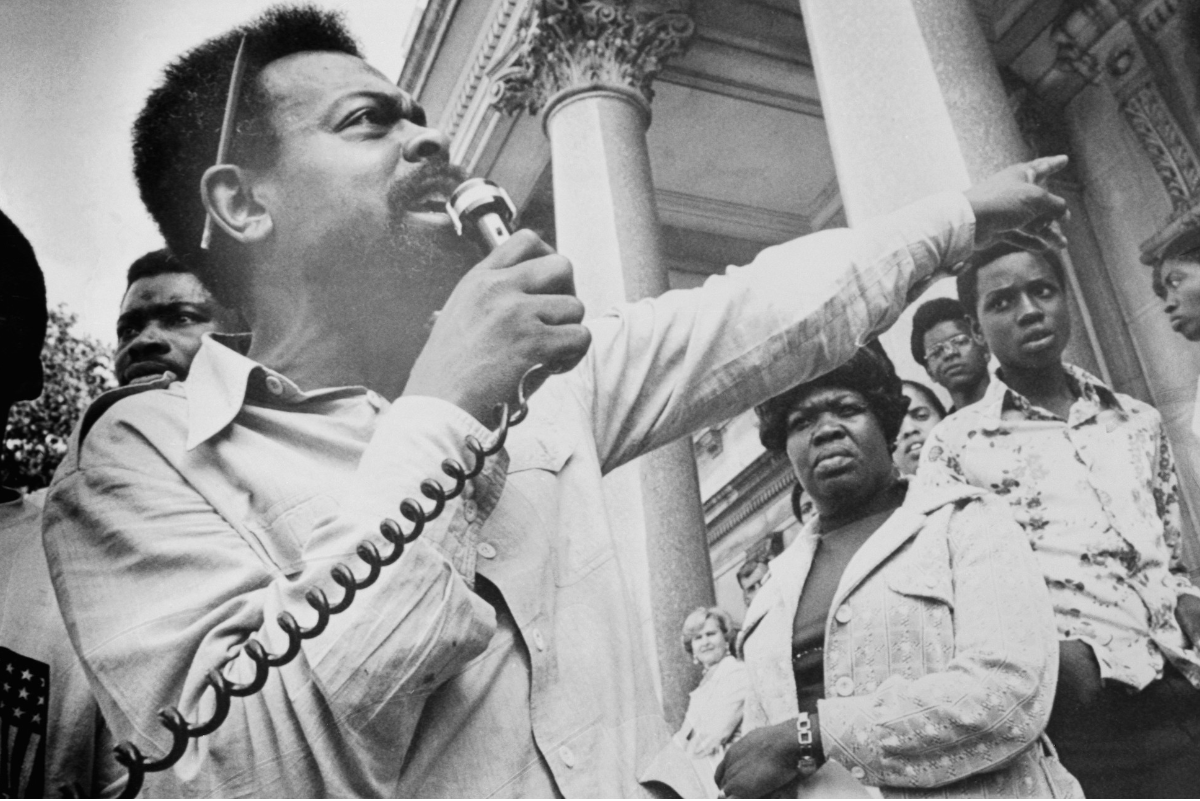
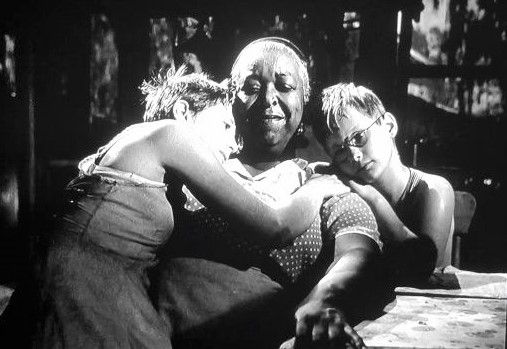
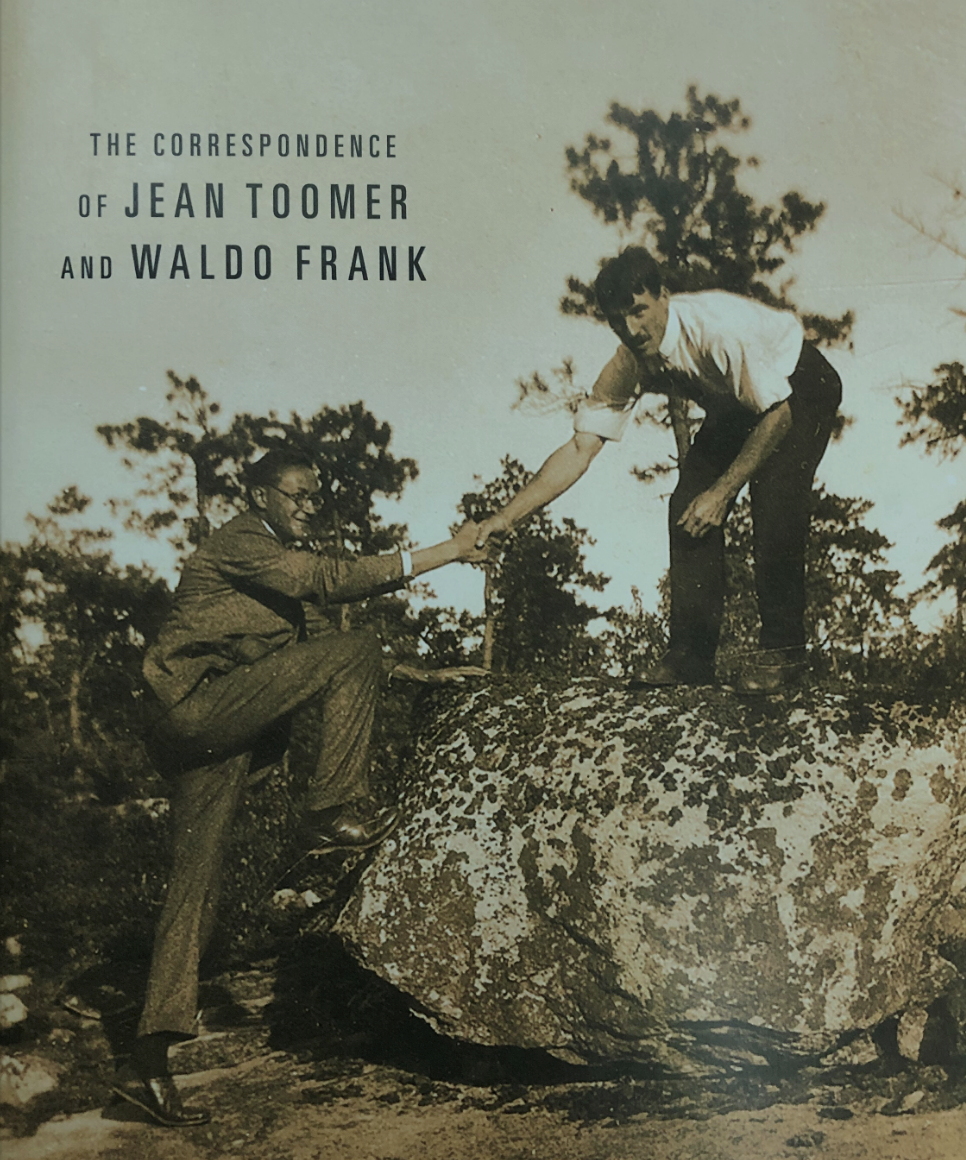
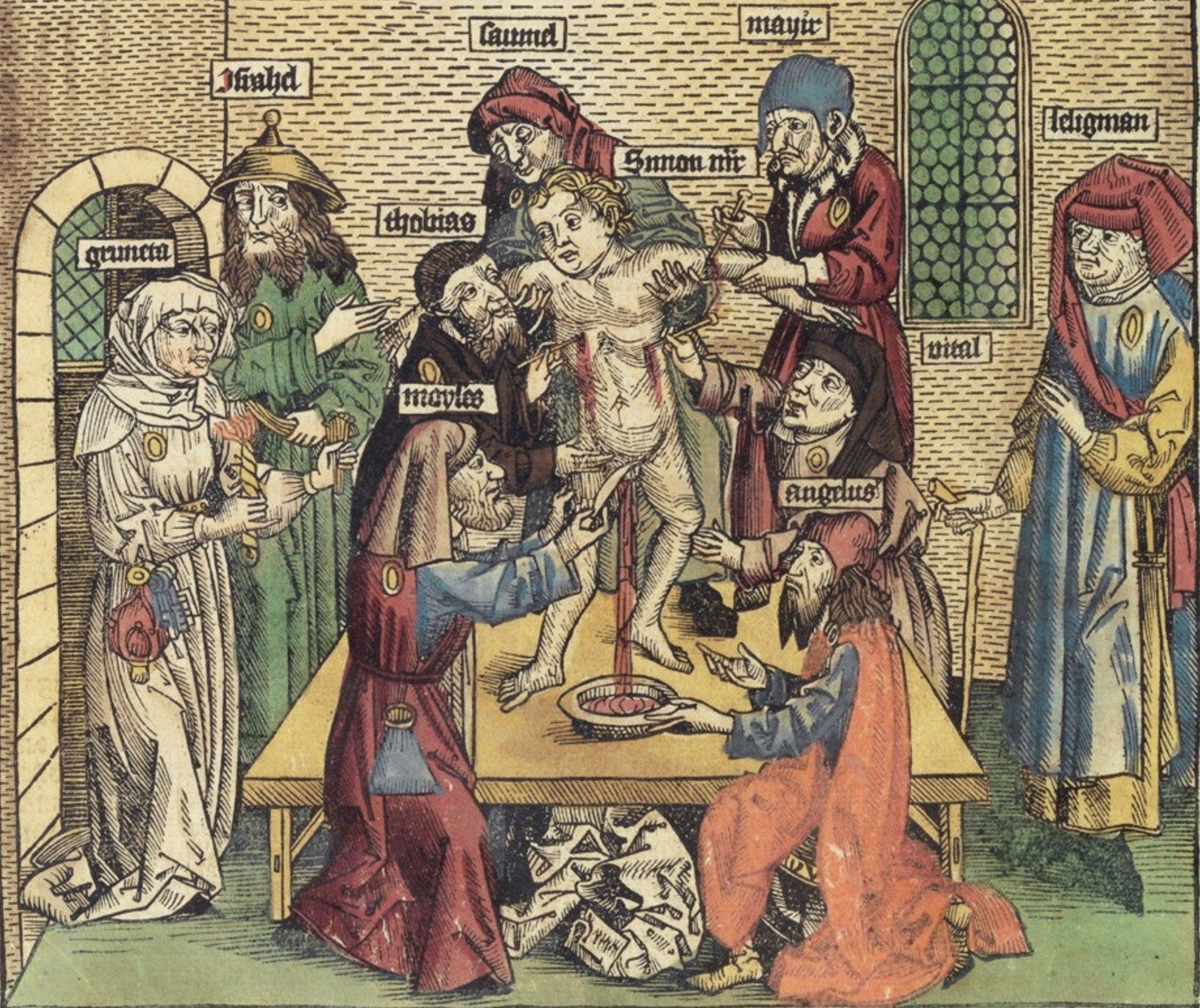
SHOGA FILMS is a 501(c) (3) non-profit production and education company. We create multimedia works around race and sexuality that are intended to raise awareness and foster critical discussion.
Contact Us
All Rights Reserved | Shoga Films
Stay Connected
Thanks for subscribing!
Please try again later.


